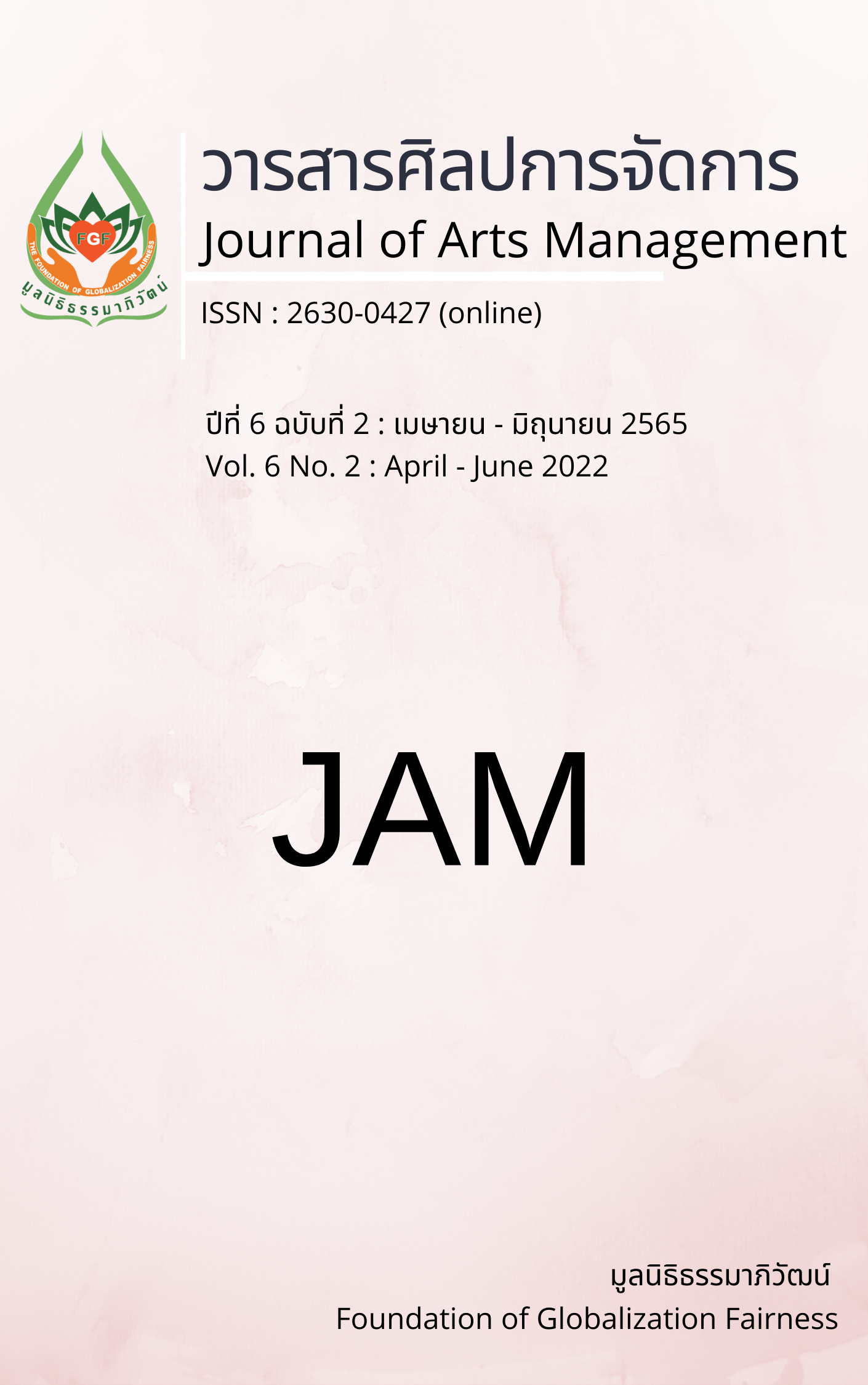Development of Instruction Supervision for Schools under Rayong Primary Education Service Area Office 1
Main Article Content
Abstract
The article aimed to 1) study the level of instruction supervision for schools under Rayong Primary Education Service Area Office 1; 2) analyze the components influencing the instruction supervision for schools under Rayong Primary Education Service Area Office 1; and 3) develop a framework of instruction supervision for schools under Rayong Primary Education Service Area 1. The research was mixed method. The sample group consisted of a total of 435 people, consisting of school directors, teachers, and educational staff under Rayong Primary Education Service Area 1. Tools for research included a questionnaire, in-depth interview, and focus group. Quantitative data was analyzed with descriptive statistics, referential statistics, and structural equation model analysis, while qualitative data was analyzed with the analytical descriptive method.
The research showed that: 1) the level of instruction supervision for schools under Rayong Primary Education Service Area Office 1 was at the highest. 2) The components influencing school instruction supervision included (1) supervision mixed with vocational development, which had a direct influence on school instruction supervision. (2) Administrative supervision had a direct impact on the quality of instruction. (3) Supervision by administrators directly influenced supervision mixed with vocational development. Moreover, the model of instruction supervision for schools was relevant to empirical data. And 3) The framework of instruction supervision for schools under Rayong Primary Education Service Area 1 developed by the researcher was the PPTTM Model: Policy into Practice & Brainstorm Supervision Teaching Management Model.
Article Details

This work is licensed under a Creative Commons Attribution-NonCommercial-NoDerivatives 4.0 International License.
Views and opinions appearing in articles in the Journal of Arts of Management It is the responsibility of the author of the article. and does not constitute the view and responsibility of the editorial team I agree that the article is copyright of the Arts and Management Journal.
References
Acheson, K.A., & Gall, M.D. (1997). techniques in the clinical supervision of teachers preservice and inservice applications (4th ed.). Longman.
Damnoen, P. S., Phumphongkhochasorn, P., Pornpitchanarong, S., & Nanposri, N. (2022). Development of strategies for the use of innovative information in education for secondary schools under the office of the basic education commission in the Eastern region. International Journal of Early Childhood Special Education, 14(1), 2097-2103.
Buasonte, R. (2009). Research and development of educational innovations. Khamsamai.
Ekundayo, H. T., Oyerinde, D. O., & Kolawole, A. O. (2013). Effective supervision of instruction in Nigerian secondary schools: issues, challenges and the way forward. Journal of Education and Practice, 4(8), 185-190.
Hantrakool, P. (2017). Multilevel structural equation modeling of causal variables and their influence on work engagement in innovative work behavior among employees of a cement and construction materials company[Doctoral dissertation, Srinakharinwirot University].
Khammani, T. (2013). Instructional model various. Chulalongkorn University.
Klinkulub, P. (2009). Educational supervision: theory and practice. Srinakharinwirot University.
Krejcie, R. V. & Morgan, D. W. (1970). Determining sample size for research activities. Educational and Psychological Measurement, 30(3), 607-610.
Loachai, P. (2021). The administrator competencies and personnel administration in school under Samutsongkhram primary educational service area office. Journal of Multidisciplinary in Humanities and Social Sciences, 4(3), 1217–1226.
Lowriendee, W. (2010). Teaching Supervision Courses and Supervision. Nakhonpathom: Silpakorn University.
Masae, B. (2017). Administrative factors affecting educational quality of Islamic private schools in three southern border provinces[Master’s Thesis, Prince of Songkla University].
Mattox, D.D. (1987). A study of in-service needs of Illinois public school elementary principal. Dissertation Abstracts International, 12(1), 6061-A.
Phithiyanuwat, S. (1994). Collection of Project Assessment Articles. Chulalongkorn University Book Center.
Phumphongkhochasorn, P., Damnoen, P. S., Suwannaprateep, T., & Phoomparmarn, U. (2021). National educational standards and the improvement of Thai education system with world class. Asia Pacific Journal of Religions and Cultures, 5(1), 75–86.
Piankamkha, S. (2008). The relationship between participation in school the supervision process and teaching efficiency of primary school teachers under the office of Ang Thong provincial primary education[Master’s Thesis, Sukhothai Thammathirat Open University].
Rayong Education Service Area Office 1. (2019). Self-assessment report: SAR 2020. Watmapkha School.
Sapsombat, W. (2018). National Institute of educational testing service (2018). Office of the Basic Education Commission.
Songarjin, Chairueang, N., & Chuchoysuwarn, C. (2018). The development of the instructional supervision model for strengthening the teachers’ ability in the 21st century learning skills of the municipality schools in Trang. Srinakharinwirot Research and Development (Journal of Humanities and Social Sciences), 10(20), 160-175.
Suksawang, P. (2019). Structural equation modeling. AP Blueprint.
Treputtharat, S. (2012). Educational supervision preliminary. Khon Kaen University.
Wichairat, A., Chalakbang, W., & Saenmueang, N. (2017). The development of an instructional supervision model that affected the students’ quality in the schools under Nakhon Phanom primary educational service area office 2. Journal of Chandrakosemsarn, 23(44), 81-96.
Wisamitanan, C. (2012). Strategic public administration for learning resource management learner-centered, student-centered. Supervisory Unit Department of General Education Educational Service Area 3.


